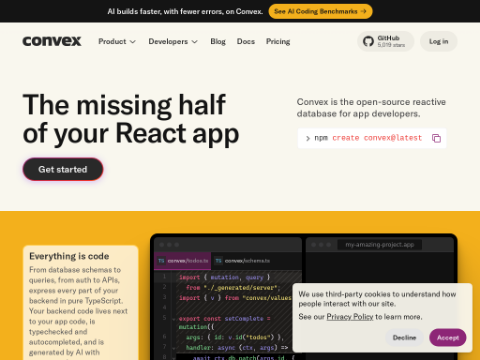On the fourth day of DeepSeek's Open Source Week, the company announced the release of three key open-source projects focused on optimizing parallel training for deep learning models. These initiatives aim to enhance training efficiency while reducing computational resource consumption and overall costs.
The DualPipe project introduces an innovative dual-channel parallel processing mechanism that optimizes the allocation of computing resources. Specifically, one channel is dedicated to efficient updates of model parameters, while the other focuses on dynamically optimizing data flow. This design allows computation and communication to overlap during the training process, significantly improving overall efficiency.
In addition, the EPLB (Expert Parallel Load Balancer) project aims to boost the efficiency of distributed training. By incorporating intelligent scheduling and resource management, this tool ensures that distributed training tasks are completed more effectively.
DeepSeek has also released the profile-data project, which provides performance analysis data for the V3/R1 models. This data enables developers to gain deeper insights into model performance during training, facilitating targeted optimizations.
It is worth noting that DeepSeek has been progressively building an open ecosystem through previous open-source releases like the R1 model, Flash MLA, and DeepGEMM. The addition of projects like DualPipe further lowers the barrier for developers to replicate high-performance models, reducing reliance on advanced hardware and addressing the "high computational power = high barriers" challenge in the AI industry.
DeepSeek’s ongoing efforts demonstrate its strategy of fostering an open ecosystem and driving technological advancement through algorithmic optimization. This approach could offer new perspectives for the development of China's AI industry.
Related Information:








